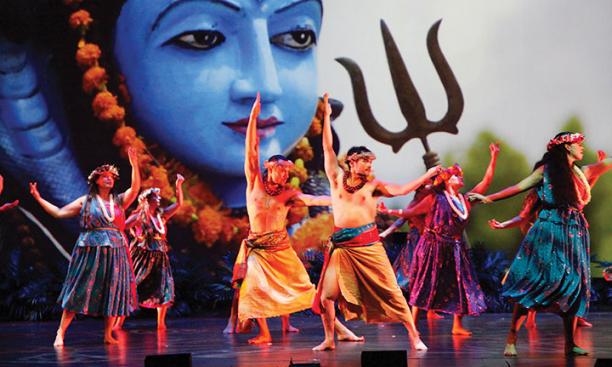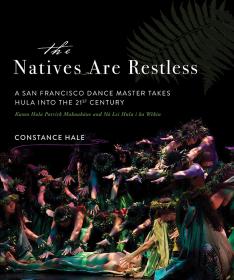

A common misconception is that hula is pretty girls waving their arms. But hula is not about movement at all — it’s about poetry and the story being told. The movements are embellishments of that story.
Before Westerners came to Hawaii, it was a pre-literate culture. So hula was the history book, the bible, and the everything of Hawaiian culture. Hulas can praise people, express love, and describe favorite places. A composer might describe a particular mountain or favorite spot on an island. Hulas also express politics. In ancient times hulas would praise the chief or herald a certain chiefly line. Kumu Patrick is using hula to express contemporary political issues — for example, recent protests against building a telescope on the sacred volcano Mauna Kea.
Makuakāne made a splash by incorporating Western music forms like pop music or opera into hula — but he’s not the first person to do that, correct?
In ancient times hula was done to an atonal chant, just one or two notes with percussion instruments, and geometric, straight-line movements. After missionaries arrived in 1820, Hawaiians fell in love with guitar, string bass, and four-part harmony and incorporated that into hula. Those more lyrical, harmonious songs are what we associate with today’s hula. There have been innovators all along in hula; Kumu Patrick sees himself as the next generation in a long line of innovators.
What do you want people to understand from your book?
First, that everything you probably think about hula is wrong, so let me correct those stereotypes. But this book also, through hula, tells the history of Hawaii. Most people have no idea that there’s a Hawaiian language; that Hawaii during the mid-19th century was this really interesting, very literate, independent kingdom; or that a group of American and Western merchants orchestrated a coup and overthrew the queen; or that in 1898 the United States annexed Hawaii during the Spanish-American War, against local opposition, and that some scholars argue that it was an illegal annexation. So the U.S. has a 50th state that was grabbed in a way that many consider illegal.
I wanted to write a book that not only changes completely what people think about hula but also changes what people understand about Hawaii.
Interview conducted and condensed by Eveline Chao ’02

